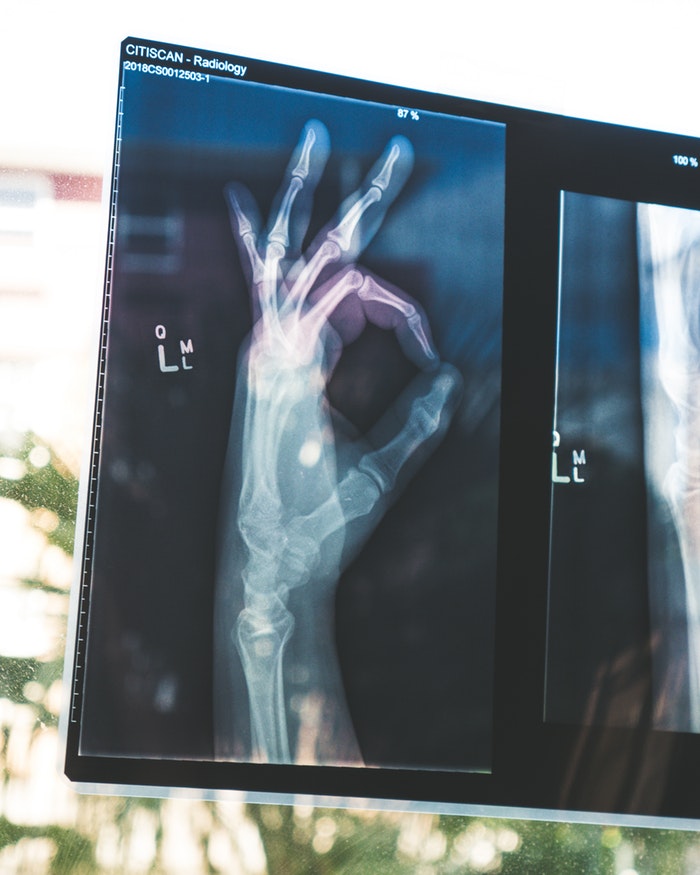Bone and Joint X-Rays
How the Test is Performed
Bone and Joint X-Rays are performed by a radiographer in a specialised X-Ray room. The affected body part is placed on a radiographic plate and the X-Ray taken. Views are taken as AP (anteroposterior) with the limb flat on the plate, and lateral (on the side).
Medical Conditions and Symptoms
Bone and Joint X-Rays are usually performed following trauma to the limbs, with chronic pain or evidence of localised infection.
Test Results Explained
Bone and Joint X-Rays are accurate for detecting moderate to large bone breaks (fractures), but may miss small ‘hairline’ fractures. They can be useful in defining degenerative disease of the bone and advanced infection. They are not as accurate as CT or MRI in determining soft tissue injuries or subtle abnormalities. The results are interpreted by a radiologist.
Related Specialists
Related Procedures
Related Tests
- Bone and Joint CT
- Cervical Spine X-Ray (C-Spine X-Ray)
- Pelvic X-Ray
- Calcium (Ca)
- Phosphate
- ESR
- Full Blood Count
- Rheumatoid Factor
Also Known As
- Limb X-Ray
- Plain X-Ray
- Plain Radiology
- Plain Films
Links
A: Use HealthEngine to find and book your next GP appointment. Click on the following locations to find a GP clinic in your state or territory.
This article is for informational purposes only and should not be taken as medical advice. If in doubt, HealthEngine recommends consulting with a registered health practitioner.
All content and media on the HealthEngine Blog is created and published online for informational purposes only. It is not intended to be a substitute for professional medical advice and should not be relied on as health or personal advice. Always seek the guidance of your doctor or other qualified health professional with any questions you may have regarding your health or a medical condition. Never disregard the advice of a medical professional, or delay in seeking it because of something you have read on this Website. If you think you may have a medical emergency, call your doctor, go to the nearest hospital emergency department, or call the emergency services immediately.








